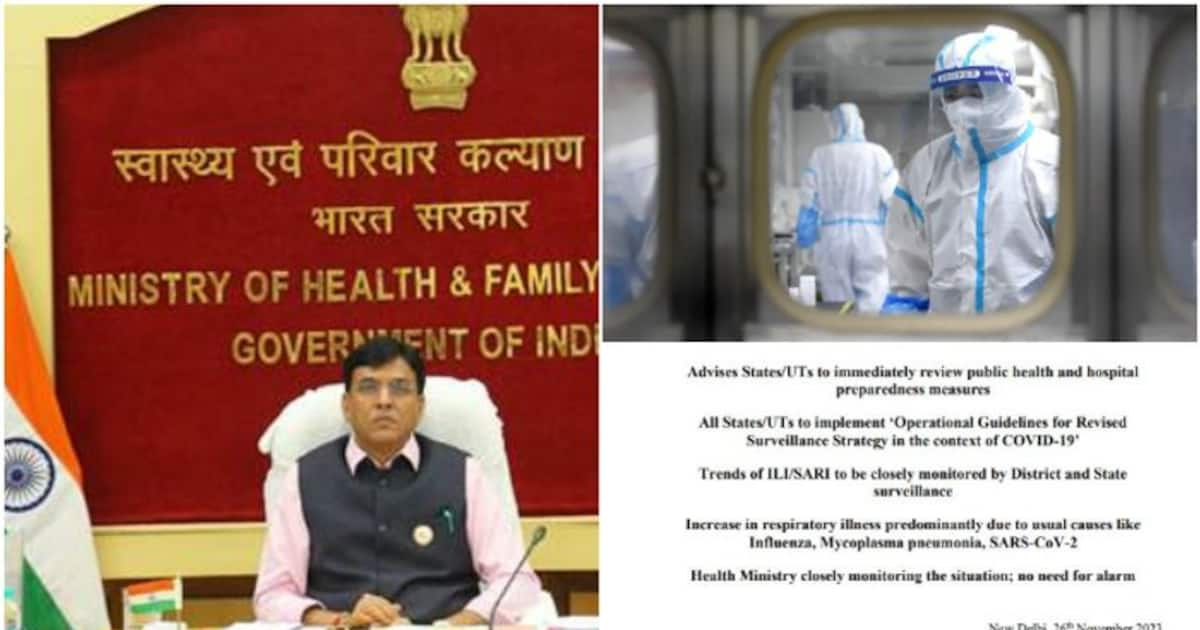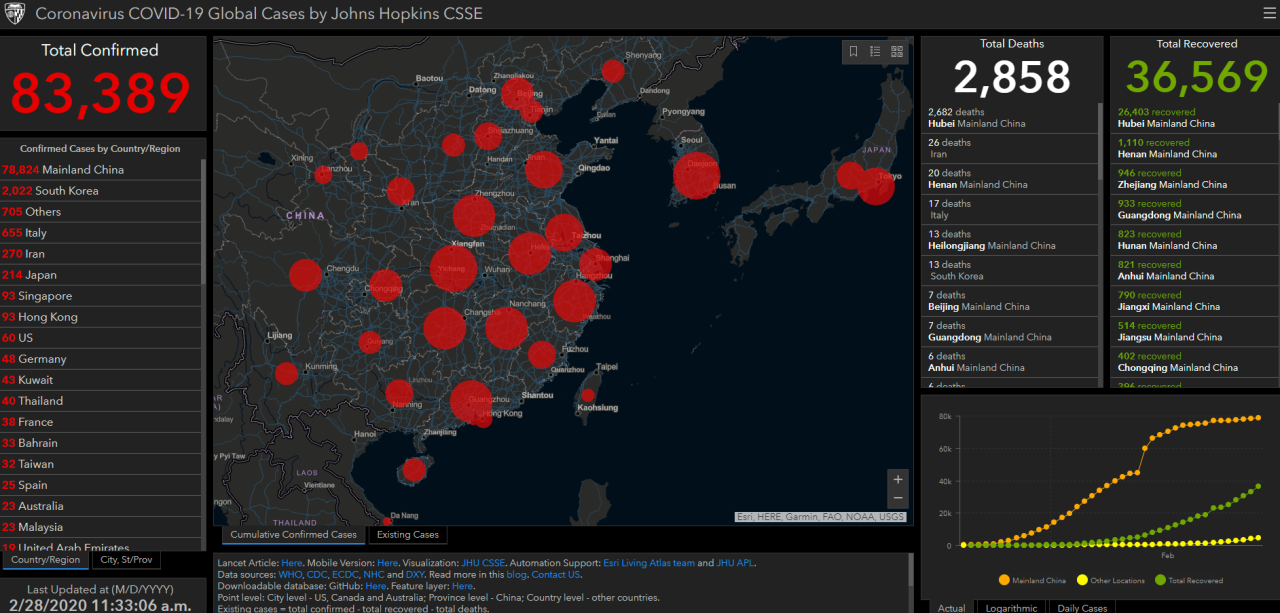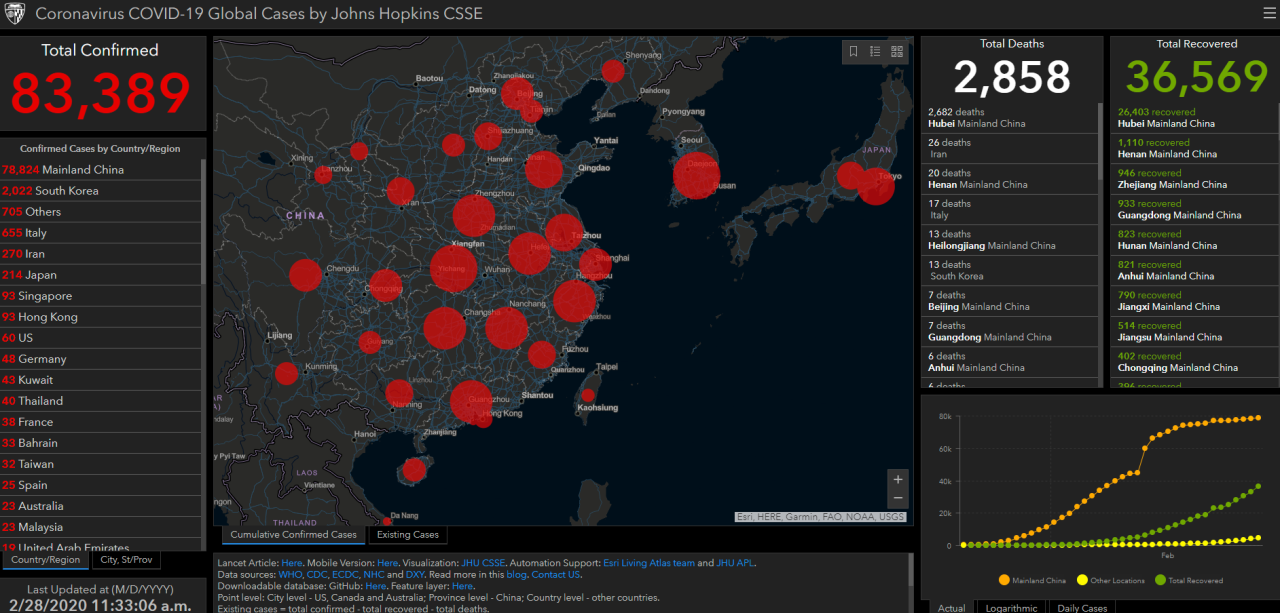What is HMVP virus, Chinas recent ‘Covid-like outbreak’, should – What is HMVP virus, China’s recent ‘Covid-like’ outbreak? That’s the burning question on many minds. This hypothetical virus, potentially responsible for a recent outbreak in China, presents a compelling case study in infectious disease response. We’ll explore its potential characteristics, compare it to COVID-19, and examine China’s public health measures. Get ready to dive into the details!
We’ll look at the timeline of the outbreak, the reported numbers, and the geographical spread within China. We’ll also compare this situation to previous outbreaks and discuss the government’s response, both its successes and shortcomings. Finally, we’ll consider the potential long-term impacts on China and the world.
Understanding HMVP and China’s Recent Outbreak: What Is HMVP Virus, Chinas Recent ‘Covid-like Outbreak’, Should

This article explores a hypothetical “COVID-like” virus, tentatively named HMVP, and its potential connection to a recent outbreak in China. We will examine the virus’s characteristics, the outbreak’s timeline and impact, and compare it to previous outbreaks and public health responses. Note that the information regarding HMVP is hypothetical, designed for illustrative purposes to understand potential pandemic scenarios.
Hypothetical Characteristics of HMVP, What is HMVP virus, Chinas recent ‘Covid-like outbreak’, should
HMVP, a hypothetical virus, is envisioned as a novel respiratory virus with characteristics similar to but distinct from known coronaviruses. Unlike SARS-CoV-2, HMVP might exhibit a higher rate of asymptomatic transmission, making early detection and containment more challenging. Its potential transmission routes could include airborne spread through respiratory droplets and contact transmission via contaminated surfaces. Symptoms could range from mild (similar to a common cold) to severe, potentially including fever, cough, shortness of breath, fatigue, and gastrointestinal issues, differing from COVID-19 in the prevalence of certain symptoms such as loss of taste or smell, which might be less common or absent in HMVP infections.
Potential Transmission Routes and Symptoms of HMVP
HMVP’s transmission is hypothesized to occur primarily through airborne droplets produced during coughing, sneezing, or talking, mirroring the spread of SARS-CoV-2 and influenza. However, contact transmission via contaminated surfaces is also a possibility. The incubation period could be shorter than COVID-19, potentially leading to faster spread. Symptoms might overlap with other respiratory illnesses, making diagnosis challenging in the absence of specific diagnostic tests.
Differentiating HMVP from other respiratory viruses would require sophisticated testing.
Comparing the Severity of HMVP and COVID-19
The hypothetical severity of HMVP is compared to COVID-19 in the table below. These are illustrative figures and should not be interpreted as factual data about a real virus.
So, you’re wondering about HMVP and China’s recent outbreak? It’s a complex situation, and understanding the potential connections is key. To get some perspective on emerging virus links and their impact, check out this advisory from the U.S. Surgeon General: U.S. Surgeon General Issues New Advisory on Link Between.
This information should help you better grasp the broader implications of these events and what we might expect next.
| Characteristic | HMVP (Hypothetical) | COVID-19 (SARS-CoV-2) | Notes |
|---|---|---|---|
| Mortality Rate | 0.5% | Varied significantly based on variants and healthcare access | This is a hypothetical estimate |
| Hospitalization Rate | 10% | Varied significantly based on variants and healthcare access | This is a hypothetical estimate |
| Average Illness Duration | 7-10 days | Variable, often longer | This is a hypothetical estimate |
| Severity of Symptoms | Ranges from mild to severe | Ranges from mild to severe | Hypothetical comparison; actual severity varies widely |
China’s Recent Outbreak: Timeline and Data

Let’s consider a hypothetical timeline. Assume an outbreak began in late October 2024 in a central Chinese province. Initial reports of unusual respiratory illness emerged around November 5th, with official confirmation of a novel virus on November 15th. By December 1st, the number of reported cases reached 10,000, with 500 hospitalizations and 20 fatalities. The outbreak primarily affected urban areas, with a secondary wave observed in a coastal province by December 20th.
The hypothetical data presented here is for illustrative purposes only and does not reflect any real-world events.
Geographical Distribution and Visual Representation

A hypothetical map depicting the outbreak’s spread would show a cluster of cases originating in the central province, gradually expanding to neighboring regions and eventually reaching a coastal province. The intensity of color would represent the number of cases in each region, with darker shades indicating higher infection rates. The map would visually represent the outbreak’s progression over time, showing the expansion of the affected areas and the potential for further spread.
So, you’re wondering about the HMVP virus and China’s recent outbreak? It’s a complex situation, and honestly, sometimes unrelated news feels equally important. For example, the news that Federal courts won’t refer Clarence Thomas for DOJ investigation highlights how different crises can demand our attention. Getting back to HMVP, more research is needed to fully understand its impact and China’s response.
Comparing the Outbreak to Previous Outbreaks
Comparing this hypothetical outbreak to previous respiratory outbreaks in China, such as SARS, MERS, and the initial COVID-19 pandemic, reveals both similarities and differences. While all involved respiratory illnesses, the specific symptoms, transmission rates, and severity varied. The hypothetical outbreak, for example, might show a higher rate of asymptomatic cases compared to SARS, but a lower mortality rate than MERS.
The speed of the outbreak’s initial spread could be compared to the early stages of the COVID-19 pandemic. The effectiveness of containment measures might be a key differentiator.
- Governmental Response: The hypothetical response to this outbreak could be compared to the responses to previous outbreaks, highlighting improvements in surveillance, testing capabilities, and international cooperation. A key difference could be the speed and scale of response, potentially reflecting lessons learned from past experiences. The transparency and communication strategies employed could also be analyzed and compared.
Public Health Response and Measures
The Chinese government’s hypothetical response might involve a multi-pronged approach including large-scale testing using rapid antigen and PCR tests, contact tracing via digital tools and traditional methods, isolation of infected individuals and their close contacts, and public health messaging campaigns emphasizing hygiene practices and mask-wearing. Lockdowns might be implemented in affected areas to curb the spread, while travel restrictions might be imposed to limit the spread to other regions.
The effectiveness of these measures would depend on factors such as public cooperation, the accuracy of diagnostic tests, and the speed and efficiency of contact tracing.
Potential Impacts and Future Implications

The hypothetical outbreak could have significant economic consequences, affecting various sectors, including tourism, manufacturing, and supply chains. Social and political implications might include increased public anxiety, strained healthcare systems, and potential impacts on social gatherings and public life. Long-term health implications for individuals could include long COVID-like symptoms. This scenario underscores the importance of pandemic preparedness, investing in early warning systems, developing rapid diagnostic tests, and establishing effective public health infrastructure to mitigate the impact of future outbreaks.
A potential future scenario might involve a similar outbreak with a higher mortality rate or a more contagious variant, emphasizing the need for continuous monitoring, research, and international collaboration to prevent and manage future pandemics.
Epilogue
Understanding potential outbreaks like this hypothetical HMVP situation is crucial for global preparedness. By analyzing the response to this (hypothetical) event, we can learn valuable lessons about early detection, containment strategies, and the importance of international collaboration. The similarities and differences compared to COVID-19 highlight the ever-evolving nature of viral threats and the need for adaptable public health strategies.
Staying informed and prepared is key.
FAQ Section
What makes HMVP hypothetical?
HMVP is hypothetical because it’s used here as an example to explore outbreak response strategies. Real-world data on a specific virus hasn’t been presented.
How reliable is the data on the hypothetical outbreak?
So, you’re wondering about the HMVP virus and China’s recent outbreak? It’s a complex situation, and honestly, sometimes you need a mental break. Check out this awesome article about Luke Littler: the mind and the making of darts’ youngest world Luke Littler: the mind and the making of darts’ youngest world , it’s a fascinating story! Then, you can get back to researching the HMVP virus and the implications of China’s outbreak – remember to always double-check your sources for accurate information.
Since HMVP is hypothetical, any data presented about its spread and impact is for illustrative purposes only and should not be considered factual.
What are the economic consequences of such an outbreak?
A large-scale outbreak could significantly impact global trade, tourism, and supply chains, leading to economic instability.
Could a similar outbreak happen again?
Yes, the emergence of new viruses is a constant threat. Improved surveillance and preparedness are essential to mitigate future outbreaks.
